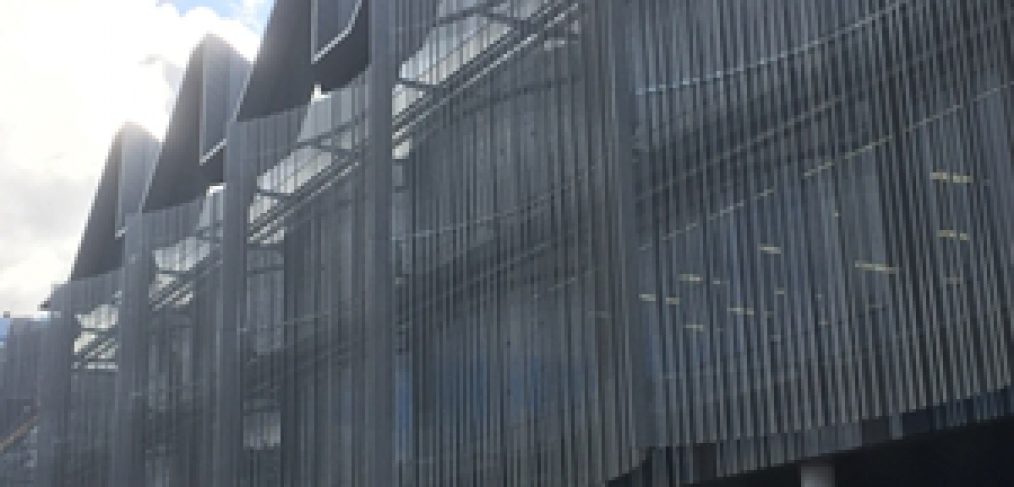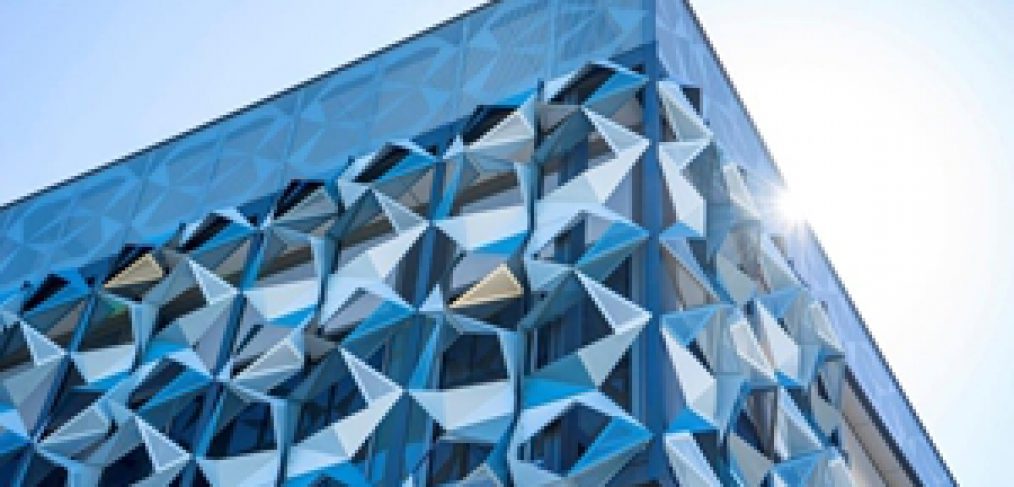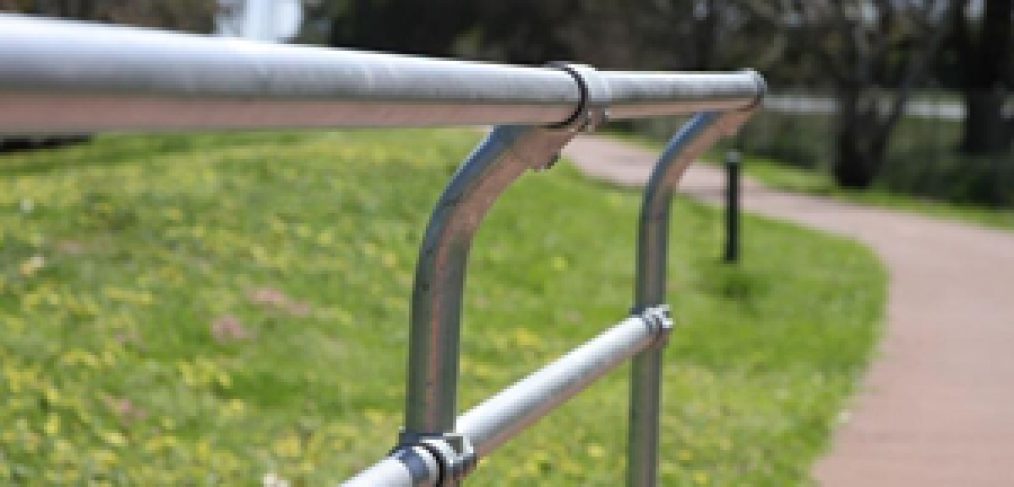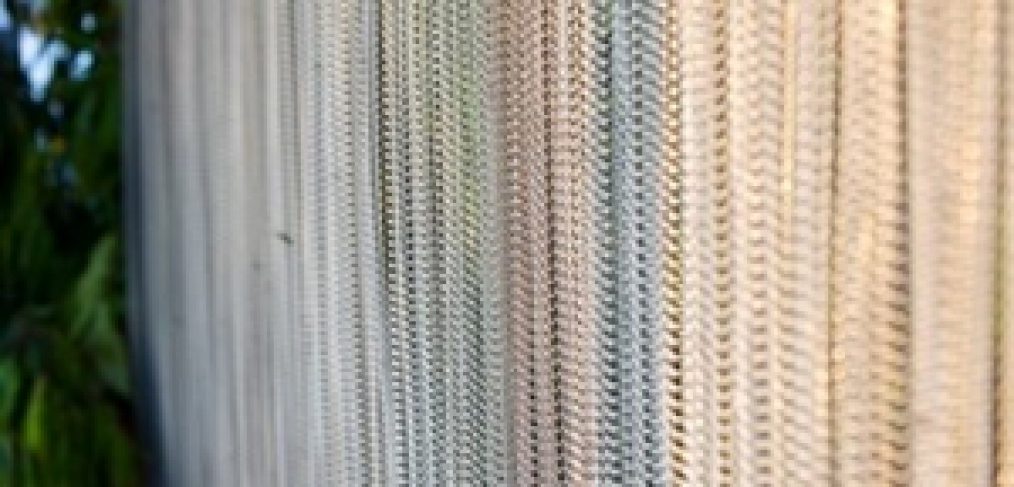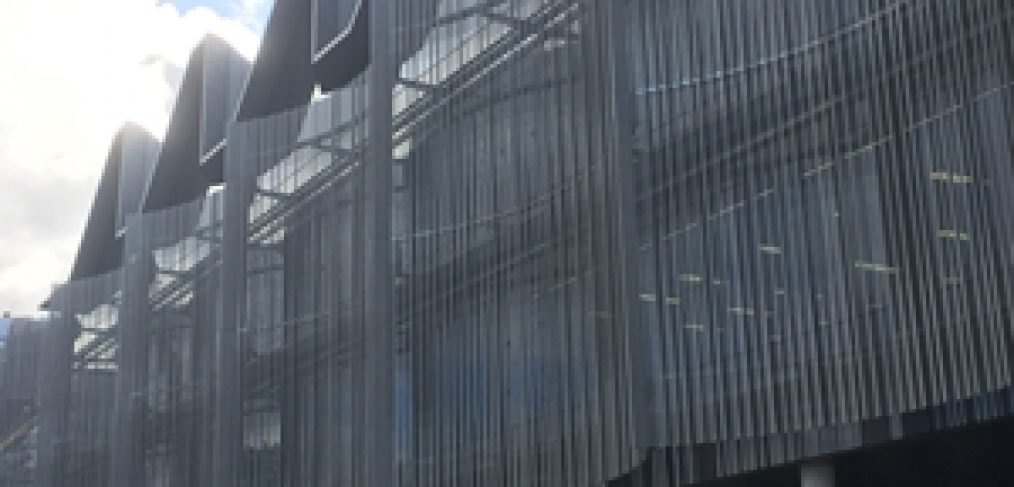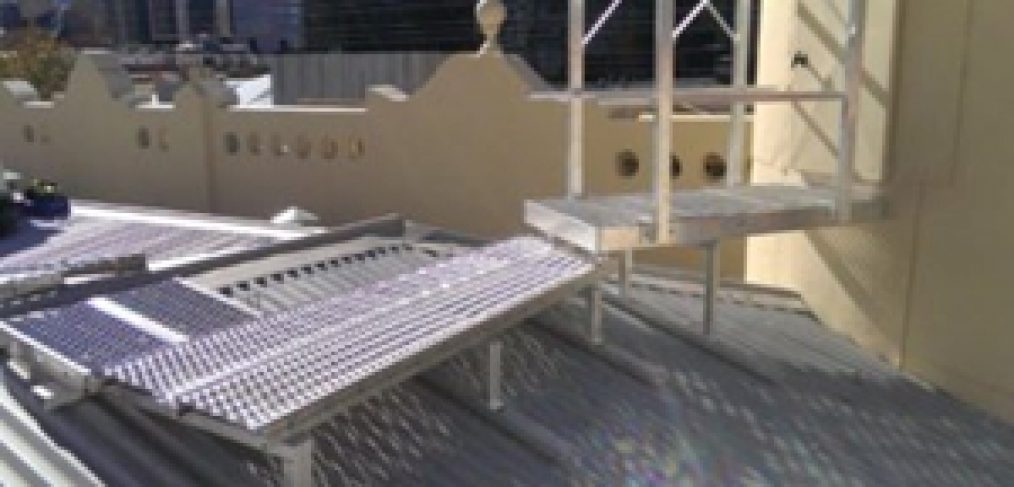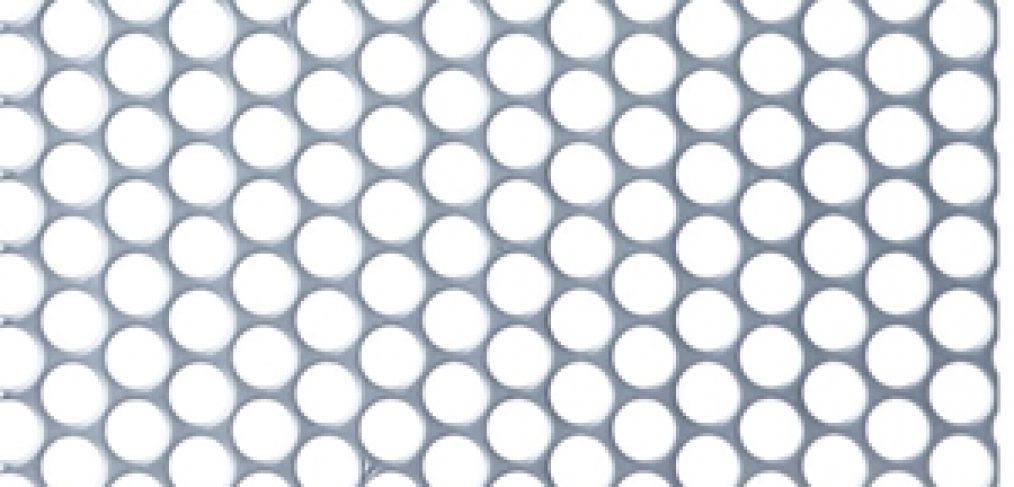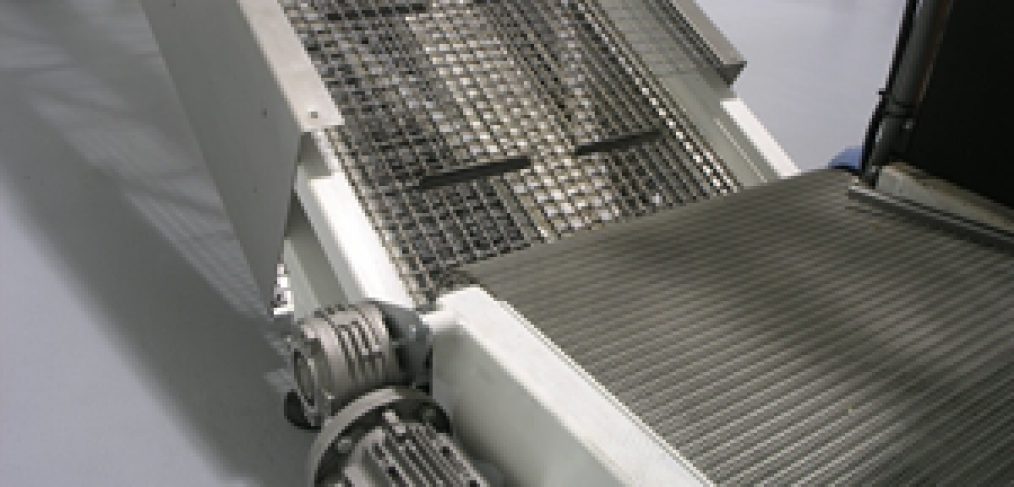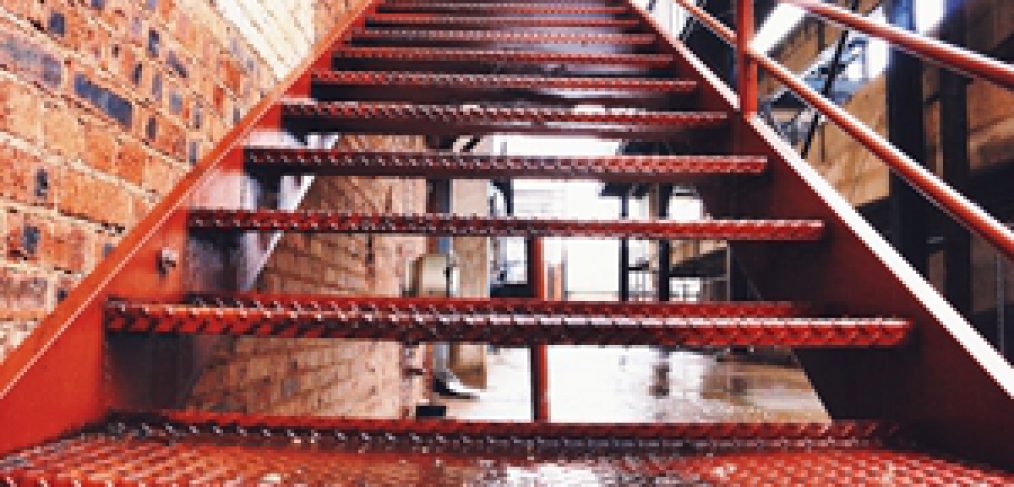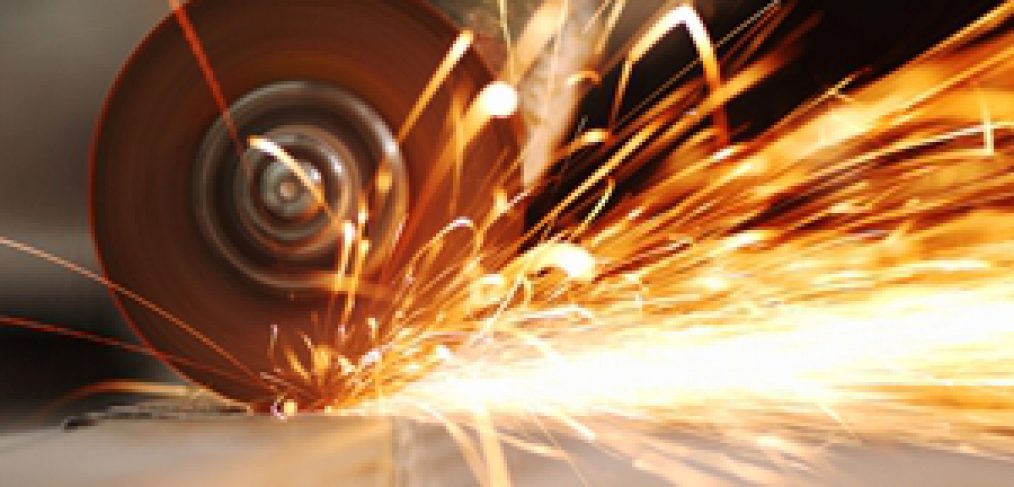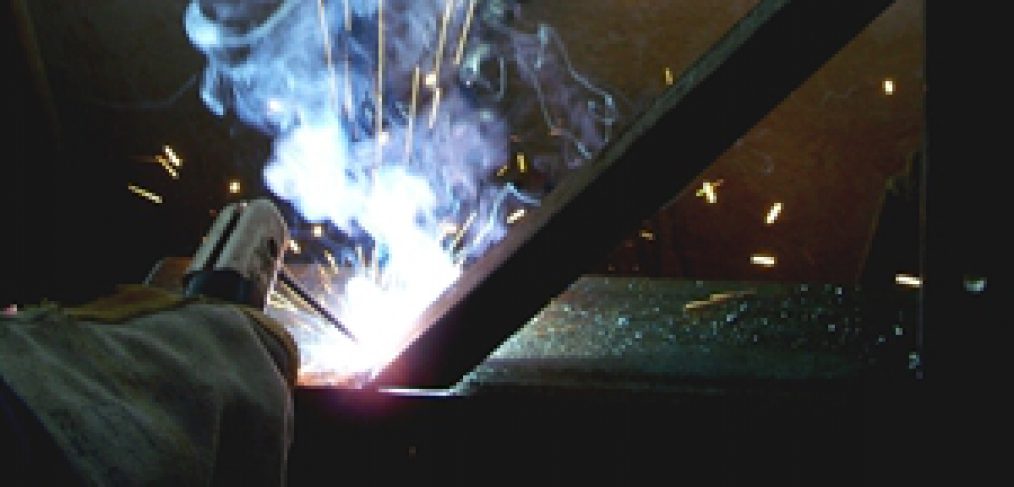Building design has evolved significantly to meet changing requirements for comfort, function, and energy efficiency. This evolution has led to all kinds of innovation in the design space, from using new materials to integrating smarter design elements.
One such development is the double-skin facade, which in most cases comprises of a traditional single-skin facade doubled-up with an additional outer layer covering all or part of the building within. The advantages to this kind of facade system are considerable, let's look at the four biggest benefits in more detail.
What materials are used in a double-skin facade?
Before we look at benefits, a quick note on materials. Double-skin facades are being built across the world, and the majority of them are built using glass for the internal layer. Outside layers tend to be made of either a second layer of glass, or perforated metal sheets. In this article, we are referring to double-skin facades utilising a mixture of glass and perforated metal.
1. Reduced energy consumption
The cavity between the two layers can act as insulation during the colder months. This happens in two ways. The first is that sunlight generates heat which gets trapped between the two layers, while the second is that less heat escapes the inside of the building due to the additional layer. This reduces the need to heat the inside of the building, eliminating reliance on HVAC systems and the cost of operating them.
2. Natural ventilation
In warmer climates, the air in the cavity between the two facade layers effectively monitors itself. Excess heat is drained out through a process known as the stack effect, wherein the differences between air density create air buoyancy. This essentially means that as the temperature of the air in the cavity rises, it's pushed out of the cavity.
The result is that the temperature of the inner skin is kept much lower, and less heat is transferred from the building's exterior to its interior. Ultimately, the ventilation properties of a double-skin facade act to keep the building and its occupants cooler, and reduce the need to run air conditioning.
3. Acoustic insulation
The beauty of a double-skin facade is that even when internal windows are open, you can achieve acoustic insulation that performs as well as any single-skin facade. Sound insulation effectiveness can be greatly increased by incorporating perforated metals in the right way. There are two key methods for this.
By utilising one of two techniques, your perforated metal outer facade can mute external frequencies. The first method, "sound transparency" incorporates elements of soundproofing and uses the perforated sheets as a protective cover. With this methodology, sheets need to allow sound to pass through them, letting the additional sound-controlling material soak up the frequencies.
The second method, "tuned resonance" requires specialised perforation sizes matched to the frequencies that need to be blocked. The sound waves oscillate in the holes rather than passing through, leading to a significant reduction in noise.
4. Occupant comfort
With improved temperature control providing a more human-centric environment, the comfort of the occupants is increased significantly. Coupling this with a perforated metal outer facade which provides shading from direct sunlight while still allowing the passage of natural light, occupants benefit even further.
Why use perforated metal in a double-skin facade?
Beyond what we've covered, there are numerous other benefits to using perforated metal in a building facade:
- Flexibility in terms of perforation size and profile, not to mention the possibilities for custom images with Pic Perf.
- An extensive choice of colours and finishes.
- Available in a range of coatings for long life.
- Availability of different metals to suit different environmental needs.
- Supports all manner of creative and innovative designs, limited only by imagination.
For more information on how perforated metal can be utilised as a facade material, get in contact with the team at Locker Group today.

